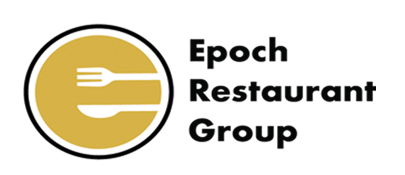|
JORDAN
The brief flight between Beirut and Jordan is the type referred to colloquially as a ‘puddle jumper’, but here, the puddles are few and far between. The bleak and sandy spread that greeted us outside the airport, a half hour from the bustling metropolis that’s Amman, came as an initial shock to the senses. Bedouin camels wandering across expanses of rock and sand, dust-devils kicking up from errant desert winds, smoke rising from distant phosphate mines and sudden valleys so severe that adventurer T.H. Lawrence (Lawrence of Arabia) described them as ‘vast, echoing and Godlike, all combined in a surreal vista which seemed a universe removed from the green Lebanon we’d left.
It was a while before we truly learned to appreciate the severe beauty of Jordan, but when we did, we realized that this is a land like no other on earth. Striking differences in geology, often within a single cliff face, offer remarkable coloration types—chalky limestone, russet sandstones and basalts in green, red and blue, and leave you with the impression that you’ve wandered off onto another planet.
Like many countries in the Middle East, Jordan’s history is one of shuffling leadership, assassinations, vanquishers and rebellions (including the infamous destruction of three international airliners hijacked by the Popular Front for the Liberation of Palestine in 1970) but these days, a remarkable calm seems to engulf the region. It may be on the surface only, but for travelers weary of the endless roadblocks and passport checks of Lebanon, it was welcome relief.
Four main destinations animated our Jordan experience:
First, Petra in Ma'an, the home of the Nabateans, hewn out of rose sandstone hills, and once a hub of Middle Eastern trade. Virtually all of Petra’s structures In the city are carved into rock, including al Khazneh—the Treasury—which has been recently designated as one of the ‘New Seven Wonders of the World’ by the New Open World Corporation.
Under the guidance of Amman native Othman, we delved deeply inside Jordan’s capital city, exploring the markets and Roman ruins (including the theater built in AD 131 by Emperor Antoninus Pius and still used for sport displays and cultural events), dodging police, worming through omnipresent traffic jams and climbing one of the numerous jabal, or hills, that make up the landscape, getting a brief but profound feel for the city.
Heading due west, we took a spectacularly scenic route to an equally spectacular destination, the planet’s wildest natural spa, the Dead Sea. King Herod himself once visited the place to be treated for a skin complaint. Executive Producer Keith Famie made ample use of the Dead Sea’s legendary healing powers, hitting his nagging sun-rash with the sledgehammer, take-no-prisoners therapy of this remarkable body of water (which, Famie notes, was also used in Egyptian mummification). So high is the salinity of this water that any cut, nick or splash in the eye is excruciating.
Our final film location in Jordan was the site of Jesus’ baptism, which is a fairly new tourist attraction in the region of Wadi Kharrar, which later proved to be the site of Bethany Settlement, nowadays called Al-Maghtas, having been blessed in 2000 by Pope John Paul II. The site itself is fairly unremarkable, unless you’re a pilgrim on a mission, as the Jordan River is here little more than a creek since Israel diverted a large portion of the water for irrigation projects.
|






